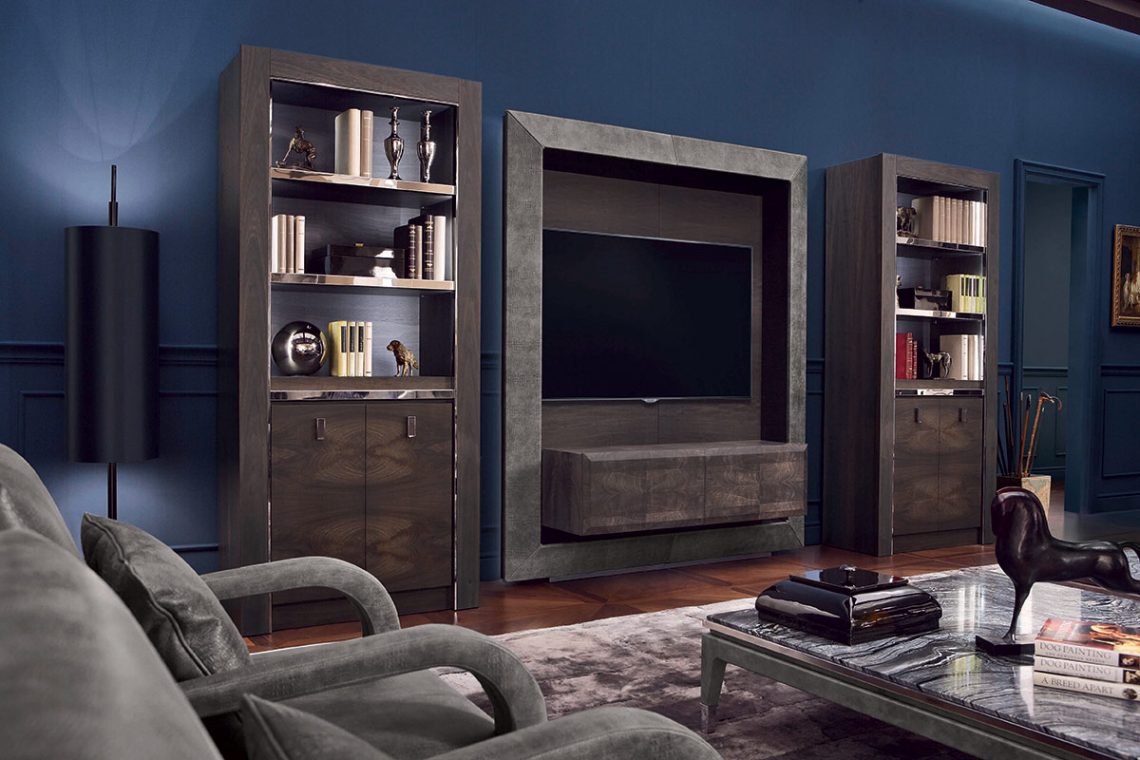Designing a home atrium can be an exciting project that enhances the aesthetic appeal of your property, while also bringing a piece of nature into your living space. Atriums are often characterized by their glass roofs and walls that allow for an abundance of natural light to flood into the area. They create a calming atmosphere where you can enjoy greenery all year round, regardless of outside weather conditions.
The first step in designing a home atrium is deciding on its location. This space should ideally be centrally located to allow maximum sunlight exposure. It’s also important to consider how it will blend with the existing architecture and interior design of your home. The size and shape are other crucial factors to consider – whether you want it small and cozy or large and spacious depends on personal preference and available space.
Once you’ve decided on the location, size, and shape, the next step is selecting materials for construction. Glass is typically used for both walls and roof due to its transparency which allows maximum sunlight penetration. However, ensure that it’s tempered safety glass to prevent potential accidents.
The structure’s framework could be made from wood or metal depending upon personal preferences as well as climatic conditions in your region. Wood offers warmth and charm but requires regular maintenance while metal provides strength with less upkeep but may lack visual appeal.
Flooring choice should reflect both practicality and aesthetics; tiles are easy to clean whereas stone floors provide a natural look fitting perfectly with plants inside the atrium.
Next comes one of the most enjoyable parts – choosing plants for your atrium! Select species that thrive under similar light conditions since they’ll share common lighting from above in this setup. You could opt for lush tropical plants if there’s ample light or shade-loving ferns if not so much direct sun reaches inside.
Incorporate different sizes, shapes, textures, colors among plant choices for creating visual interest within this mini indoor garden setting. Also remember including some flowering plants for adding color and fragrance.
To further enhance the space, consider including water features such as a small fountain or pond. Not only do they add an extra element of tranquility but also help maintain humidity levels beneficial for most indoor plants.
Lastly, remember to include comfortable seating options where you can sit back and enjoy your atrium. This could be anything from a single cozy hammock to a set of outdoor furniture depending upon available space.
Designing a home atrium may require careful planning and some investment but the end result is often rewarding – offering not just an attractive addition to your home’s architecture but also a personal oasis connecting you with nature even while indoors.


